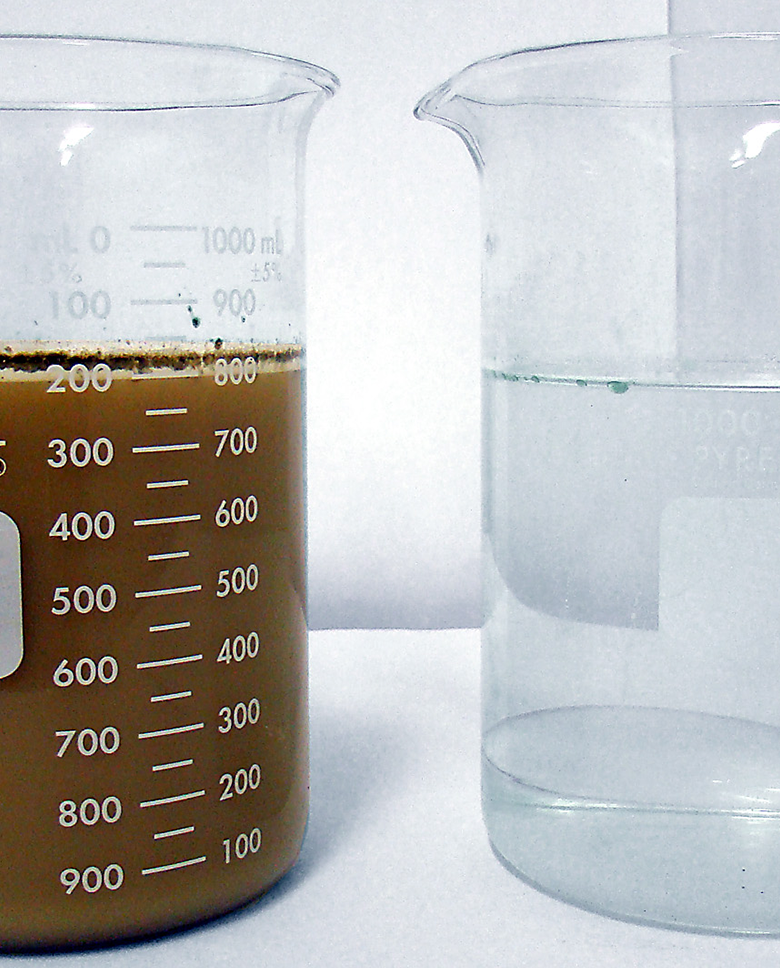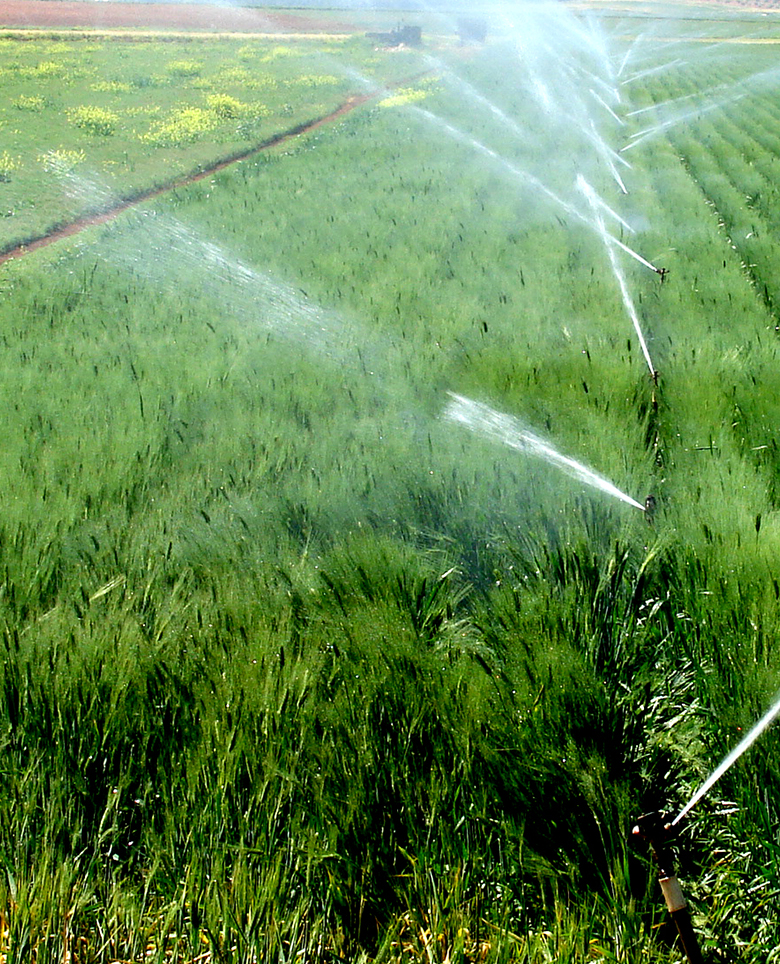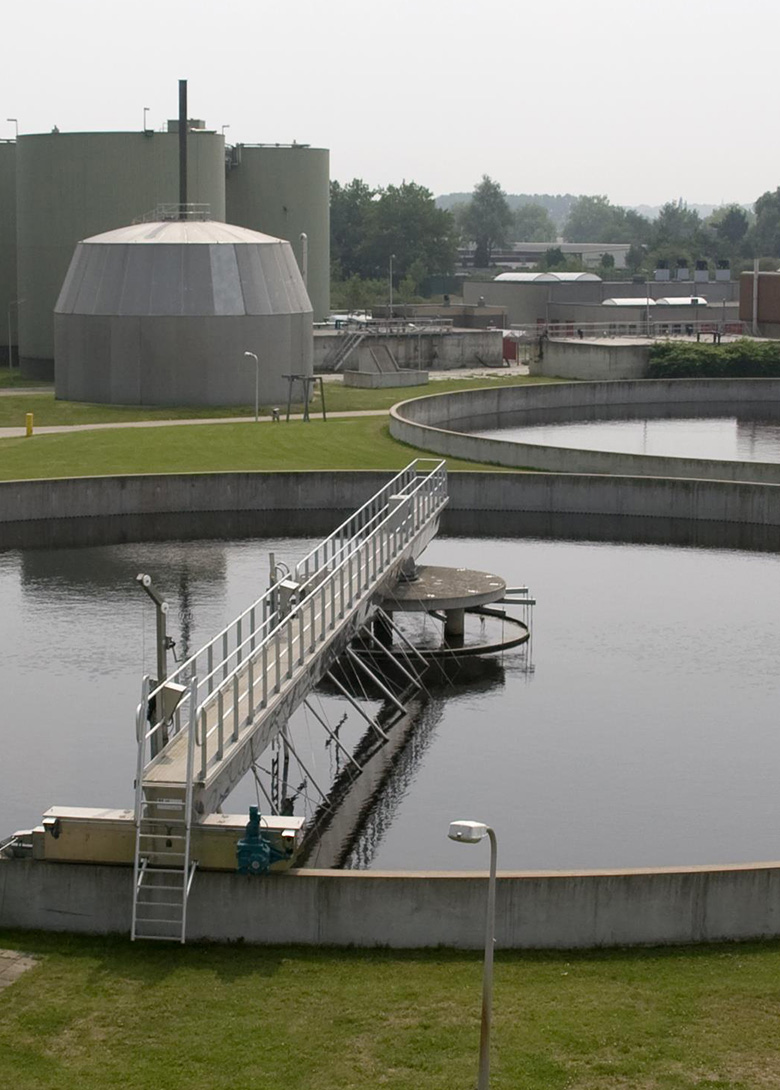
Agricultural Waste Water
Agricultural runoff from Non-Point Source (NPS) Cattle Feed Lots, Barnyards, and Croplands, is the leading source of water contamination to rivers, lakes, and streams. Nitrogen from fertilizers, manure, waste and ammonia turns into nitrite and nitrate. High levels of these toxins deplete waters of oxygen, killing animals and aquatic life. Nitrates also soak into the ground and end up in drinking water. Ammonia, pesticides as well as oil, degreasing agents, metals and other toxins from farm equipment create health problems when they get into drinking water.


Some More Information On AG Waste Water
Mass quantities of liquid and solid wastes are produced annually by agriculture and food processing facilities around the world. The waste materials from these facilities contain biodegradable organic matter. Disposal of this material creates serious environmental problems.
The waste loads at the processing plant can be reduced significantly when using the CleanWater Solutions system. Our systems are custom designed to meet the specific requirements of any wastewater system, making them suitable for discharge.
Commercial and Manufacturing Waste Water
The average age of Municipal wastewater treatment facilities in the United States of America is 50 years (www.americanprogress.org, How to upgrade and maintain our nation’s waste water and drinking water infrastructure. **). That means the technology that processes your Municipal, Commercial, and Industrial wastewater has not been improved during this time. For some of you, the wastewater treatment facility in your area could be well over 50 years old (**). Environmentally speaking, this technology is not only costly to operate and maintain, it is also a potential accident waiting to happen. The Lake Erie Algae Bloom crisis represents just the beginning of what lies ahead for many municipalities across the country and around the world.

Oil and Gas Fracking
The technology known as hydraulic fracturing has been around for 100 plus years. Modern day fracking, as we know it, did not begin until the 1990s. The environmental impact on water sources has been enormous. The process water and the flowback water that results from hydraulic fracking can be as high as 300,000 Parts Per Million (PPM), or 30% Total Dissolved Solids (TDS).
Until now, current technologies have been cost prohibitive in removing these dissolved solids from the wastewater, thus making the water reclamation process virtually impractical to implement. The result is this water is deposited through force back down into a deep well where it can potentially seep back into the aquifer system.
The CleanWater Solutions technology is capable of processing this hydraulic fracking fluids and removing the dissolved solids, along with the suspended solids, leave clean water to be reused or returned to the aquifer system.

Waste Water Treatment Plants
WHAT DO THEY MISS?
The 6 items we have listed below are only a partial listing of the items that are either missed or are very costly to remove by the technologies currently in place. The CleanWater Solutions is designed to address each of the contaminants and more, as required to produce clean water for discharge.

Nitrogen

Pharmaceuticals

Phosphorus

Chlorides

Ammonia

Sulfides


